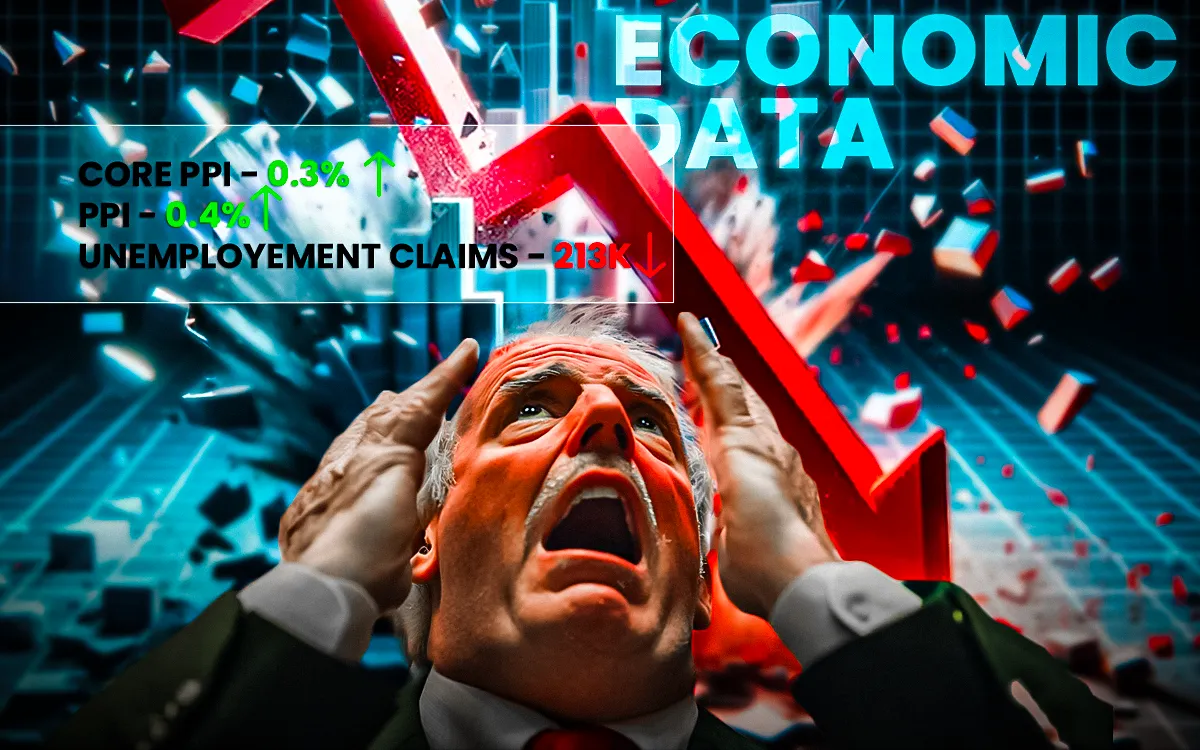
On February 13, 2025, the most recent data shows that the Producer Price Index (PPI) of January increased by 0.4% over the month. Meanwhile, the YoY wholesale prices witnessed a whopping increase of 3.5%, reflecting persistent inflation pressures in the U.S. economy.
Egg prices were the major contributors to the PPI increase - by 44%, while energy prices such as fuel and heating oil constituted a 1.7% hike. It also continues to underscore pervasive cost pressures in supply chains, negatively impacting businesses and consumers.
This 0.4% over month increase, significantly above market expectation of 0.3%, gives even more credence to the wholesale price inflation pressures. Core PPI (excluding food and energy, by definition) remained unchanged at 0.3% month-on-month and in line with expectations.
Some Key PPI Figures from the January Report:
Surtest in Food Prices:
Increased Cost of Fuel:
Labor Market Stability:
Claims of unemployment dipped to 213K, lower than the estimated 217K.
The job market has a certain steady condition for all aspects, which may lead to sustained spending by consumers, therefore exerting inflation pressure.
The implication of this higher-than-expected PPI data, however, is that the inflation story is not over yet. Analysts now wonder whether the Federal Reserve would:
The stock and crypto markets reacted hesitantly to the report, as investors held off on weighing its next effects on future rate decisions and economic stability.
Economists are expected to watch closely the next CPI report and statements from the Federal Reserve for further guidance on the inflation and interest rate policy.
For now, businesses and the general public should prepare for continued price inertia, food, and energy sectors in particular, due to pressure applied by seasonal factors, as well as difficulty in supply chains, yielding to soaring wholesale prices.
The Jan PPI rise of 0.4% and 3.5% YoY brings out persistent inflationary pressures in the U.S. economy. As energy and food prices continue to climb, policymakers and investors will probably pay close attention to economic data to try to gauge the future direction of inflation and interest rate management.